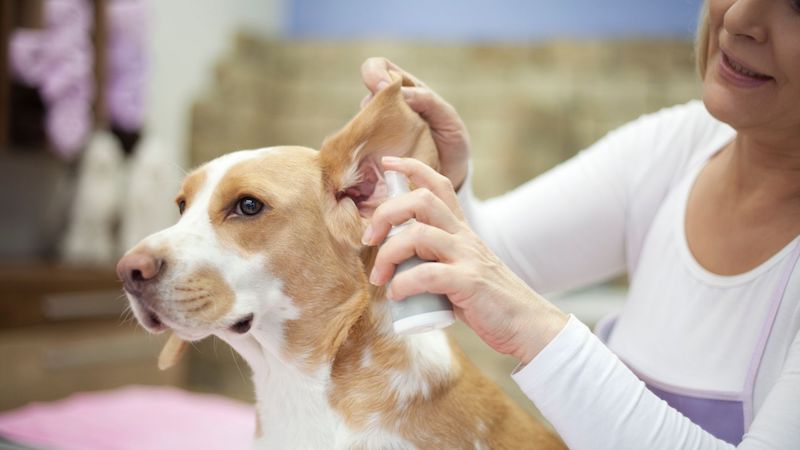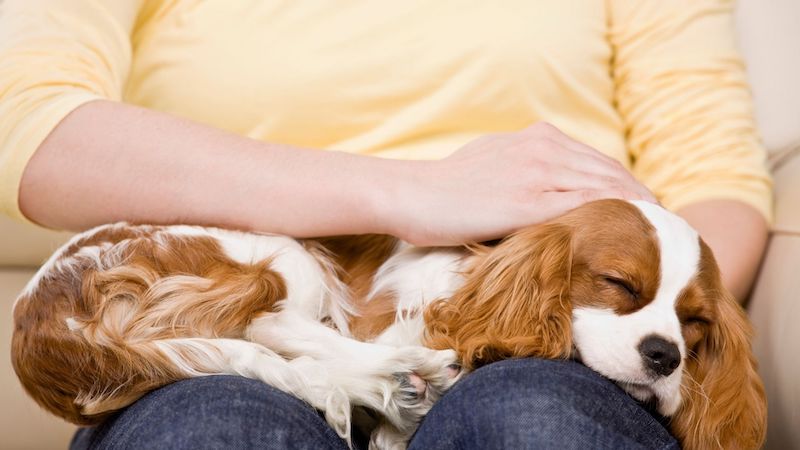
Teaching your pup how to tolerate handling will set them up for a stress-free life navigating through the human world. Your pup may think you are the center of the universe, but it doesn’t mean they will never have to interact with the other planets in the solar system. Prepare them early in the following ways:
GROOMER:
We handle and physically praise our dogs in a variety of ways, but we very seldom come close to handling them in the same way the groomer does (think face hair tugging, knot pulling, brushing, washing, ear cleaning, and nail clipping). Help your dog be comfortable at the groomer by incorporating an unusual handling exercise into every day. Manipulate their paw pads, give a treat, manipulate, treat, manipulate, treat. The next day choose something different.

VET:
The same goes for the vet. How many of us regularly stick our fingers in our dog’s ears, mouth, eyes? How many of us look under their tails, squeeze their bellies, or restrain them as if they are about to get a shot? Probably not many. However, it is important they learn that this treatment is not reserved for the man/woman in the scary white coat. If you pup is at the vet, chances are they aren’t feeling too well. The least we can do is make sure the handling they receive is not adding to the discomfort. As with the grooming exercises, choose one to practice every day AND make a point to visit your vet regularly, even when your pup does not need to be there, just to get a few treats and leave!

KIDS:
Children are like tiny little aliens. Their movements are unpredictable, their sounds are unusual and loud, and they are naturally at your dog’s eye level at all times. What makes them worse is their general lack of canine body language awareness. They tend to pet by grabbing, pulling, patting, kissing, hugging, etc. All things that dogs can learn to tolerate but that no dog is born loving. Help your pup prepare for interaction with a child by desensitizing them to these unique ways of handling in the safety of their own home and with the person they trust most, YOU!

RELAX / SETTLE:
If your pup can relax, lay down, or better yet, be comfortable showing their belly/being on their back they are more likely to tolerate being handled. You can practice this at home by working on “cradling.” With small dogs this can be done in your arms, holding them like a baby with belly up. With larger dogs this can be done on the floor, holding them between your legs like a taco with dog filling. In both cases, the goal is to have a pup that is relaxed and not squirming. If they squirm, try not to immediately let them up/put them down. Instead, soothingly massage and praise them (possibly with an occasional treat, as long as it doesn’t create excitement) until they seem to melt into your arms/the ground. When they have relaxed you can release them with a very mellow “okay.”

LEARN HOW-TO:
IMPORTANT! – If during training you notice any extreme discomfort (like growling, biting, or excessive fear) stop and consult a professional trainer before continuing on. Training is supposed to be fun, not traumatic, so don’t hesitate to ask for a second opinion if you have any questions or concerns.